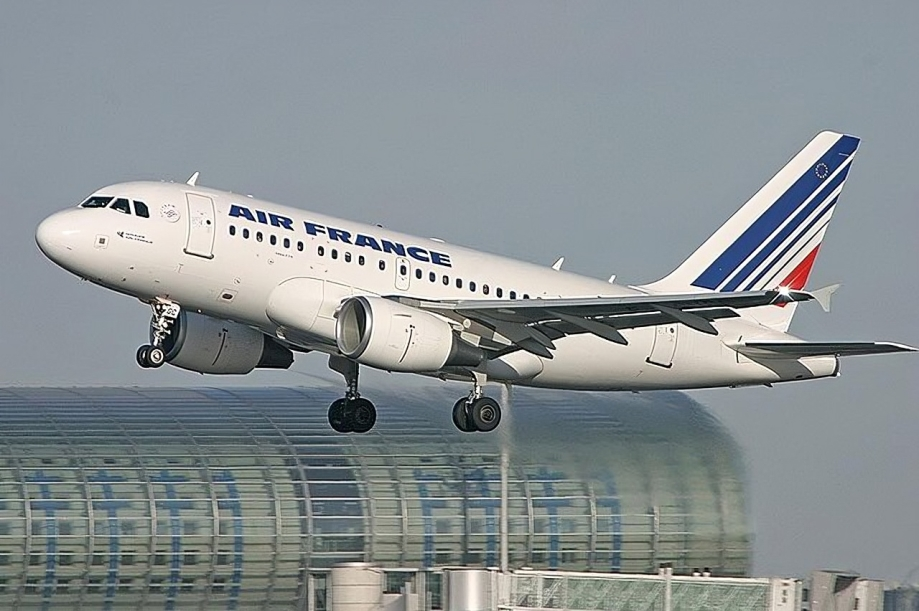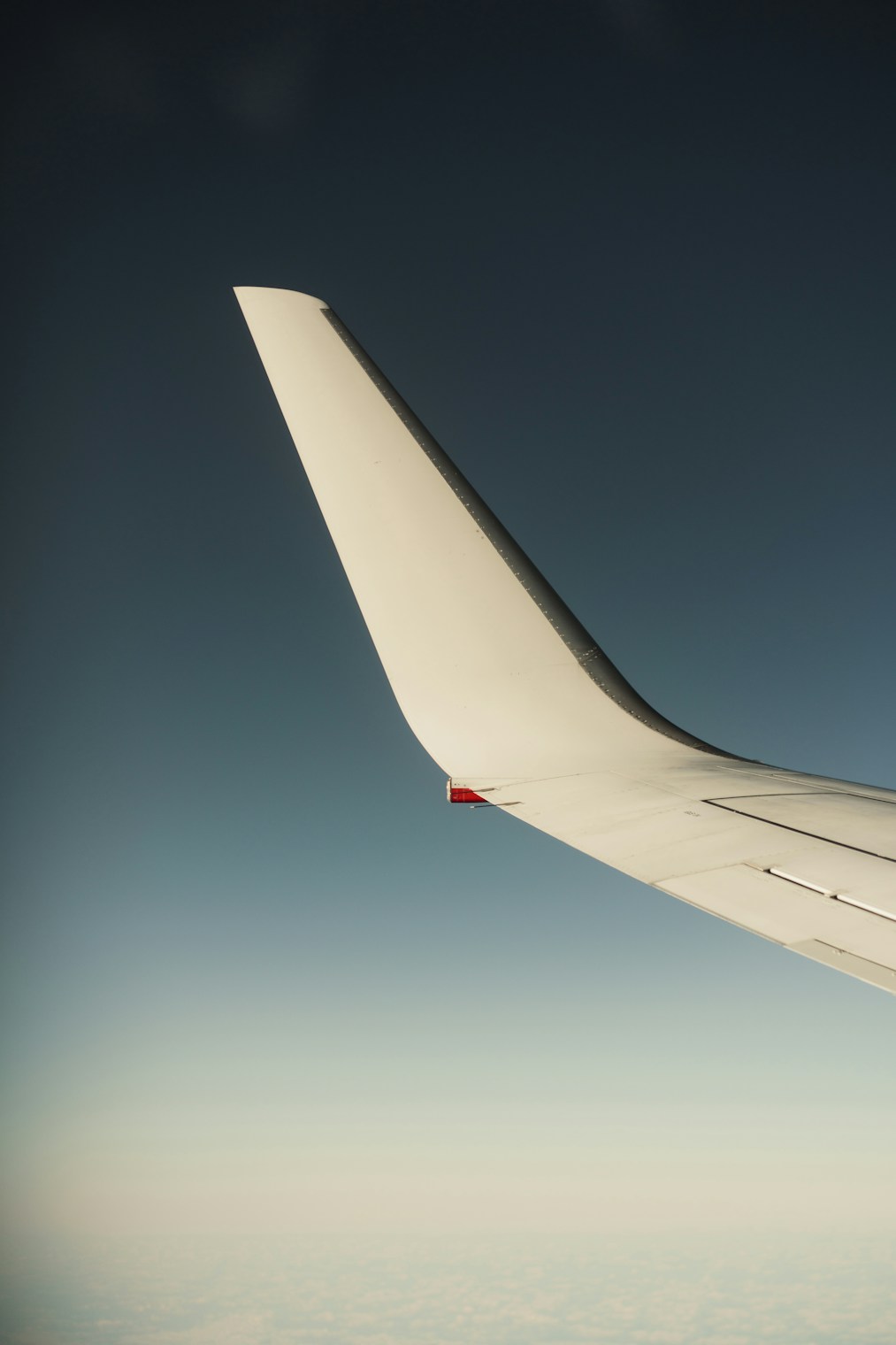By: Aviation Co.
The Airbus A318, affectionately known as the “baby bus,” is the smallest member of the A320 family—a line of single-aisle aircraft that revolutionized commercial aviation. While the A320, A319, and A321 models remain popular among airlines worldwide, the A318 has become an increasingly rare sight in the skies. As of 2025, only a handful of operators continue to fly this compact airliner, and its limited use has many aviation enthusiasts wondering: why did the A318 fall out of favor?
The Airbus A318 At a Glance
Introduced in the early 2000s, the Airbus A318 was designed to serve short- to medium-haul routes with low to moderate passenger demand. With a typical seating capacity of 107 passengers and a maximum take-off weight (MTOW) of around 68 metric tons, it was built for flexibility in constrained airports and thinner markets.
The aircraft features a shortened fuselage compared to the rest of the A320 family, making it one of the most compact options in its aircraft type class. One of the A318’s standout characteristics is its engine options. Operators could choose between the CFM56-5B engines from CFM International and the Pratt & Whitney PW6000 series, though the CFM variant became the more popular choice due to better performance and reliability. The aircraft also offers a cruise speed of Mach 0.78 and a fuel capacity of roughly 21,000 liters, making it efficient for short regional hops.
Despite these promising specs, the A318 struggled to achieve the same commercial success as its larger siblings like the A319 and A320.
Why is the A318 so rare?
There are several reasons the A318 didn’t take off the way Airbus had hoped:
1. Competition from Larger Narrowbodies
The A318’s low seating capacity placed it in direct competition with regional jets like the Embraer E-Jet series and the Bombardier CRJ900, which are cheaper to operate. At the same time, larger narrowbodies such as the Boeing 737 and A319 offered better seat-mile economics without a substantial increase in operating cost.
2. Limited Appeal to Airlines
Only about 80 A318s were ever produced—a stark contrast to the thousands of A320 and A321 aircraft flying today. Many airlines found it difficult to justify integrating such a small aircraft type into their fleets when more versatile or economical models were available.
3. Improved Airport Infrastructure
The A318 was partly designed to operate in and out of challenging airports with short runways, such as London City (LCY). However, as airport infrastructure improved and newer aircraft gained enhanced performance capabilities, the need for niche jets like the A318 declined.
Airbus A318 Specifications at a Glance
To understand why the A318 earned the nickname “Baby Bus,” it helps to look at its compact yet capable design:
- Engines: Equipped with turbofan engines from CFM International (CFM56-5B series), offering strong performance for short to medium-haul routes.
- Wingspan: Approximately 111 feet 11 inches—identical to other A320 family jets due to shared wing design.
- Range: Can fly up to 3,100 nautical miles, making it surprisingly capable for transcontinental and select transatlantic routes.
- Landing Weight: Maximum landing weight of around 130,000 pounds, allowing operations in airports with shorter runways.
- Typical Use: Commonly used for short- to medium-haul flights, seating around 107 passengers in a two-class configuration.
Airlines That Still Fly the Airbus A318
While most major carriers have retired their A318s, a few remain in limited service:
Air France
Air France was one of the primary operators of the Airbus A318, once flying more than a dozen across its European network. As of 2025, a small number are still in service, primarily on domestic or short-haul routes. However, the airline is gradually retiring them in favor of more modern, fuel-efficient aircraft, like the A220.
Specialized and Government Operators
Beyond commercial use, a few A318s have found new life as private jets or government aircraft. The Airbus A318 Elite, a VIP-configured version, continues to operate in state-owned and executive fleets due to its range, cabin comfort, and operational flexibility.
What Makes the A318 Unique
Despite its limited production run, the Airbus A318 holds a special place in aviation for several reasons. One of its standout features is its versatility in operating from short runways. The A318 was designed with performance enhancements, allowing it to fly in and out of challenging airports like London City, where larger aircraft such as the Boeing 747 can’t operate.
A notable example was British Airways’ now-discontinued all-business-class route between London City (LCY) and New York (JFK), operated by BA CityFlyer. This rare transatlantic service highlighted the A318’s ability to handle steep approaches while offering premium comfort.
In addition to its performance, the A318 offers a quiet and comfortable cabin experience. It shares the same wide fuselage as the rest of the A320 family, giving passengers a sense of spaciousness that’s uncommon in jets of its size.
Another major advantage is pilot commonality. Airbus’s standardized cockpit layout means that pilots trained on other A320 family aircraft can operate the A318 without requiring an additional type rating, making it an efficient choice for airlines with mixed Airbus fleets.
The Legacy of the A318
While the A318 may not have achieved mass-market success, it played an important role in Airbus’s lineup and served a niche audience well. It contributed to engineering innovations and fleet flexibility while offering a stepping stone between regional jets and full-sized narrowbodies.
Today, the A318 stands as a rare and beloved aircraft—a compact, capable machine that found homes with carriers like Air France and British Airways, and now endures as a private jet or VIP transport. In a world increasingly dominated by efficient workhorses like the A320 and Boeing 737, the A318 remains a quiet testament to a unique moment in aviation history.
Do you think the A318 was retired too soon, or was it always too niche to succeed? You can expect conversation starters like this in our soon-to-launch forums: a place where aviation lovers, frequent flyers, and industry pros can connect. Sign up for our waitlist to be the first to know when we launch.


